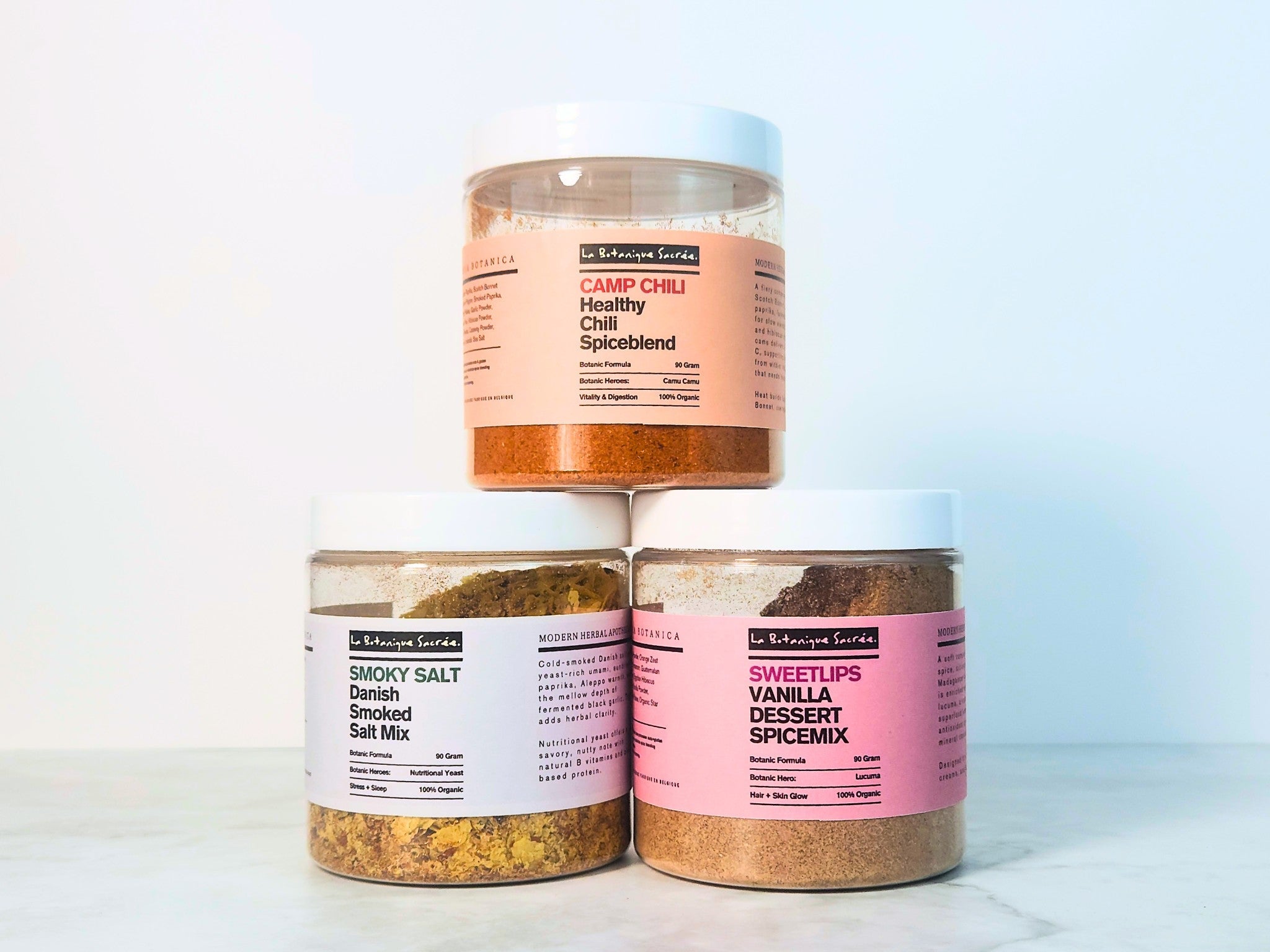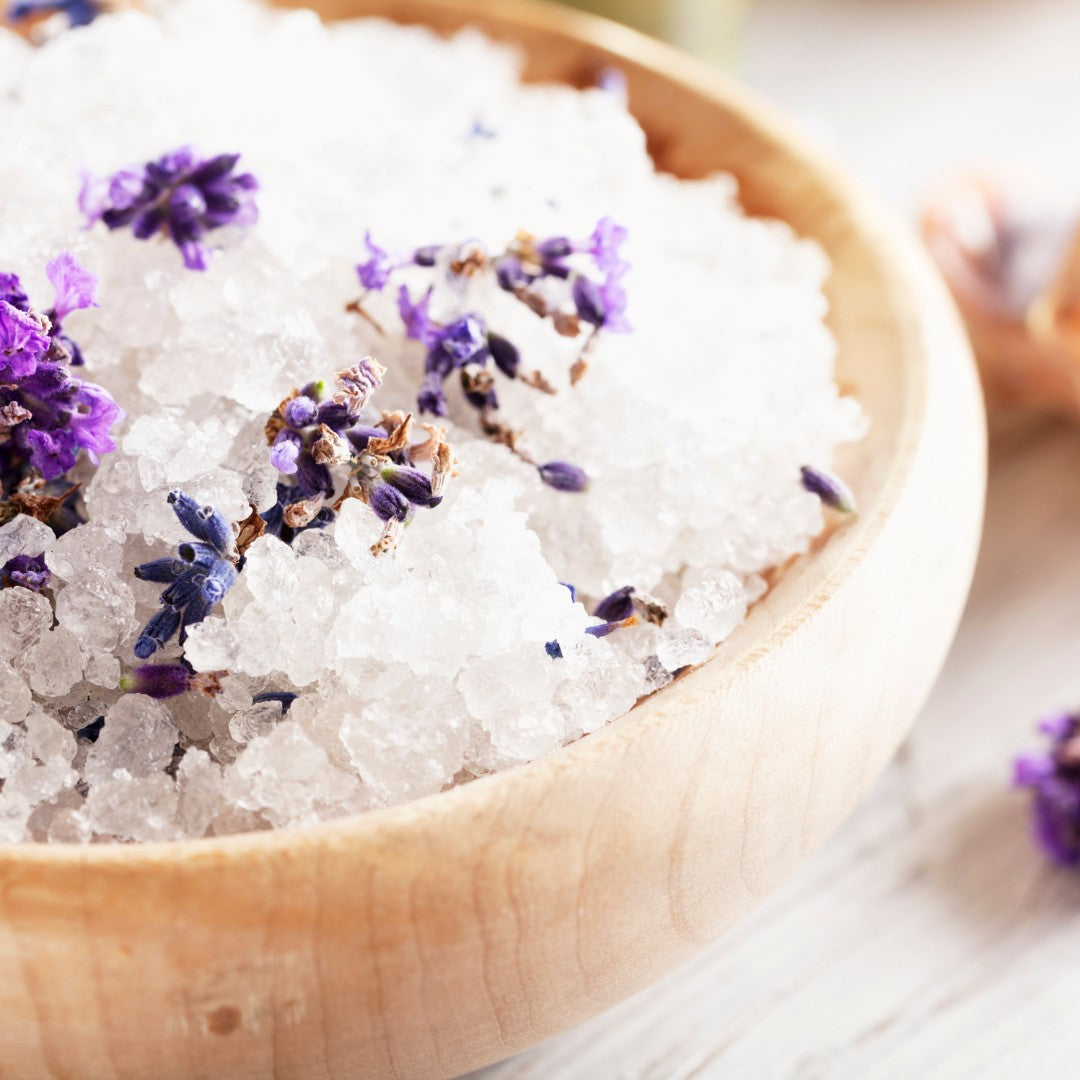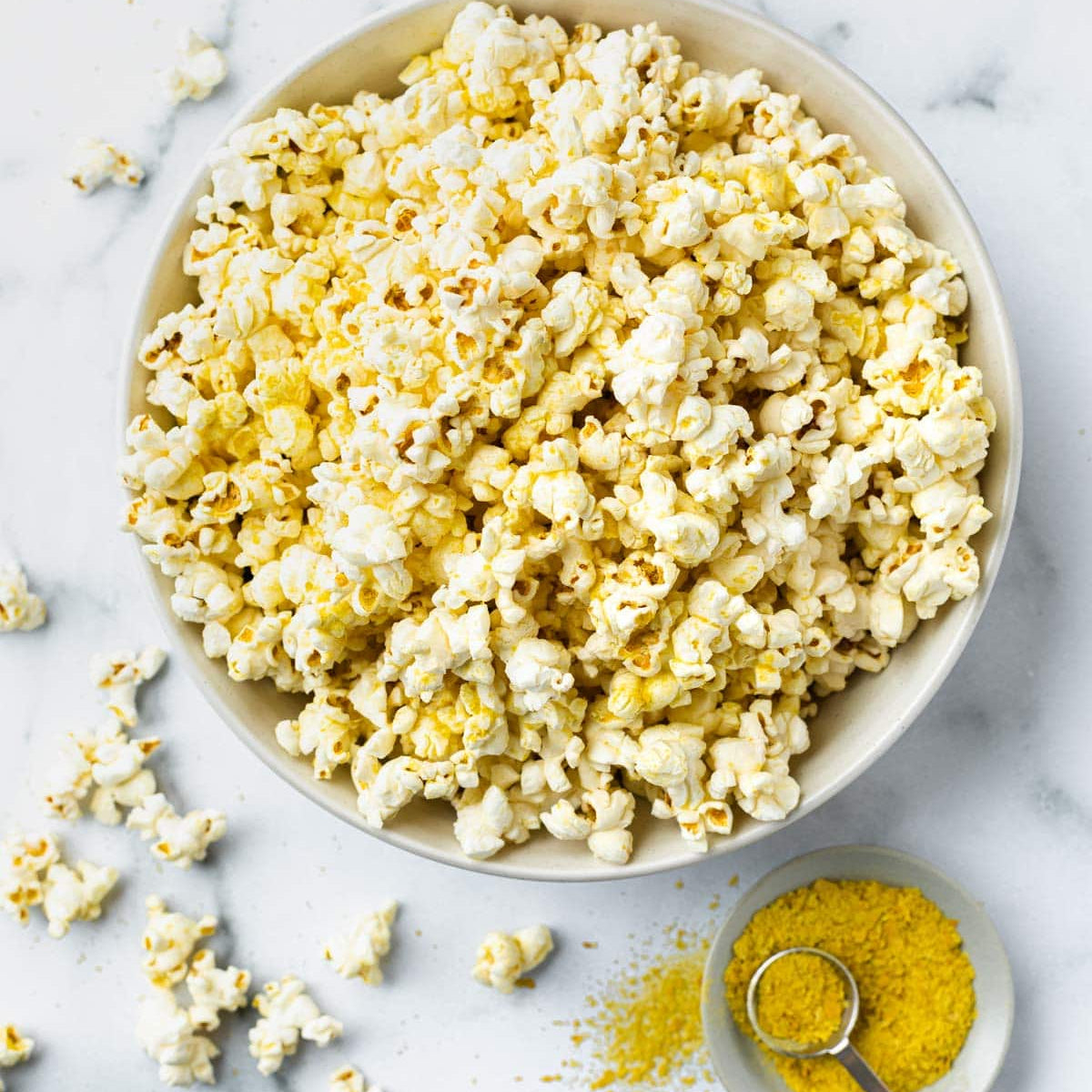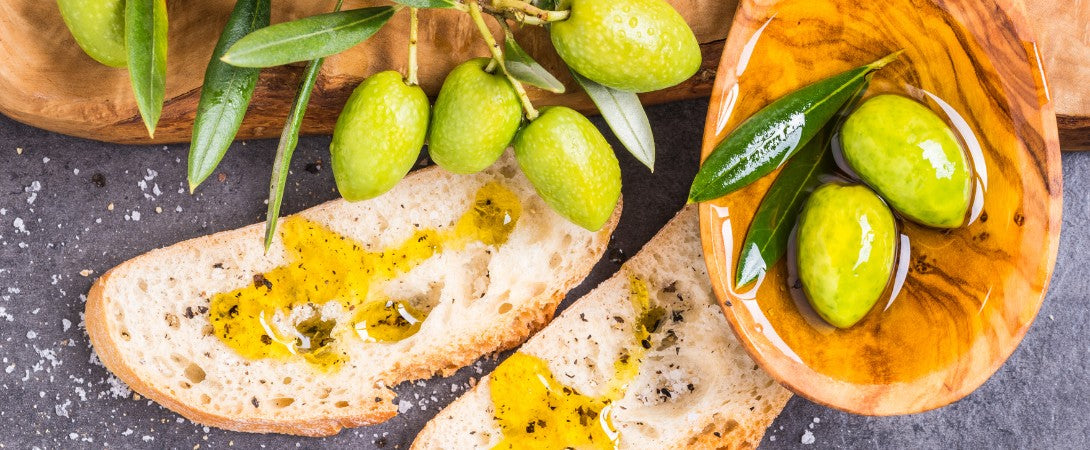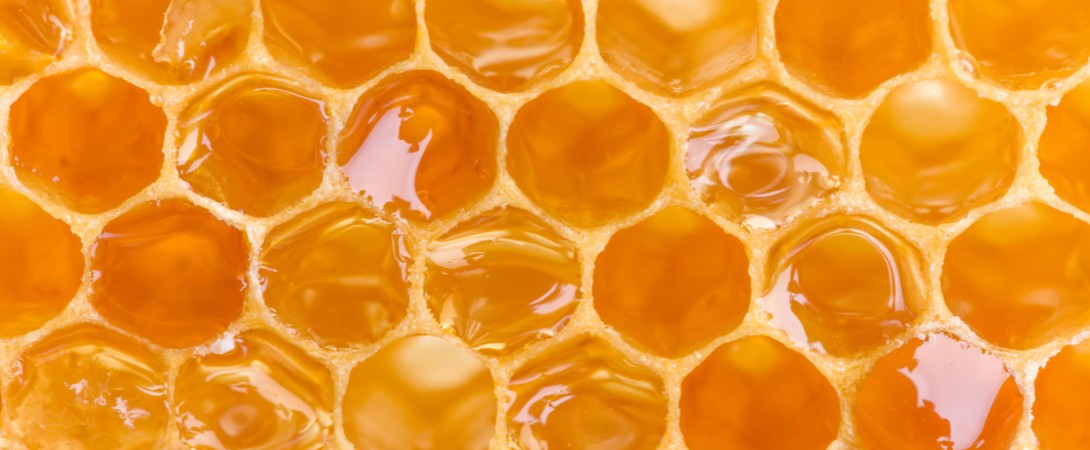Iranian Tarragon for a twist on the classic French herb
Dill frames Nordic salmon, Levantine pickles, and Persian sabzi polo with the same quiet confidence. Its fine fronds and ridged seeds deliver a fragrant geometry of carvone, limonene, and slight anethole that reads as sweet citrus, fresh pine, and faint fennel.
Iranian linguists trace the English name to Old Norse dylle “to soothe,” a nod to dill’s ancient use against colic; genomic analysis links cultivated dill to wild Mediterranean stands now naturalized from Portugal to Kashmir.
Contemporary chromatography confirms that carvone exceeds forty percent of the seed’s essential-oil pool, while freeze-dried weed keeps vitamin C and polyphenols intact.
These facts anchor dill as aromatics, color, prebiotic fibre, and mineral contributor.
Science and Composition
Chemical Composition
Steam-distilled dill seed oil contains 43–63 % (+)-carvone and up to 25 % d-limonene, with supportive γ-terpinene and α-phellandrene that frame the characteristic dill flavor. Freeze-dried dill weed preserves estragole and anethofuran, minor volatiles that lend vanilla-mint softness to the overall bouquet. Polyphenol assays place total phenolics near 110 mg gallic-acid equivalents per gram for seed and 90 mg for weed, outranking many herbs of equal weight
Origin & Nutritional Composition
Dill originates in the eastern Mediterranean yet now grows from Egypt to Finland; global cultivation tops 400 000 t of fresh herb plus 85 000 t of seed annually. One tablespoon of dried dill weed supplies 1 kcal, 82 µg vitamin A, 0.5 mg vitamin C, and meaningful quercetin while adding negligible sodium.
Dill seed is richer: a five-gram spoon delivers 14 kcal, 0.5 g protein, 0.35 mg iron, and 32 mg calcium with three percent dietary fibre.
Soluble fructo-oligosaccharides and small inulin chains provide gentle prebiotic substrate, encouraging Bifidobacterium growth in vitro .
Reported Health Benefits
Clinical work administering 600 mg dill extract daily for twelve weeks recorded significant triglyceride reductions versus placebo in adults with mild hyperlipidaemia PMC .
Seed decoctions lowered fasting glucose in animal models of metabolic syndrome and attenuated inflammatory markers by down-regulating NF-κB activation PMC .
Essential-oil fractions exhibit antimicrobial action against Streptococcus mutans and foodborne E. coli at culinary concentrations, pointing to preservation potential without synthetic additives.
Heritage and Function
Cultural Significance & Historical Significance
Five-thousand-year-old Egyptian medical scrolls list dill as “soothing herb,” and Babylonian records name it in temple allotments.
Roman legionaries chewed dill seed to quell hunger between rations, while medieval German apothecaries hung it at doorposts for warding chills.
Russian cooks fold fresh dill into nearly every savory dish, earning the herb satirical status as “Russian forest dust” in twentieth-century memoirs.
Nordic picklers rely on dill umbrella heads for cucumber brine; Jewish gravlax recipes mirror this usage in Brooklyn smokehouses today
Flavor Profile
Raw dill weed releases bright citrus and green apple notes before a cooling anise echo; brief heat sweetens the profile toward caramelised fennel while shrinking bitterness.
Fun Tidbits
La Botanique Sacrée's Approach
Wild-crafted Finnish dill weed is freeze-dried within six hours of harvest, keeping carotenoid color and estragole under 20 ppm.
Products featuring dill
OEUF 09 - Green omelet composition built on moringa with chive, dill and tarragon aromatics and a citrus-mineral finish.
VIKING FRIES - Smoky herb finishing salt for fries and veg where smoked paprika, dill and fermented white pepper drive the savory snap.
NOOCHAS Dill Pickles - Nooch-based dill ranch sprinkle; kombu and lemon peel keep it fresh with gentle tang.




